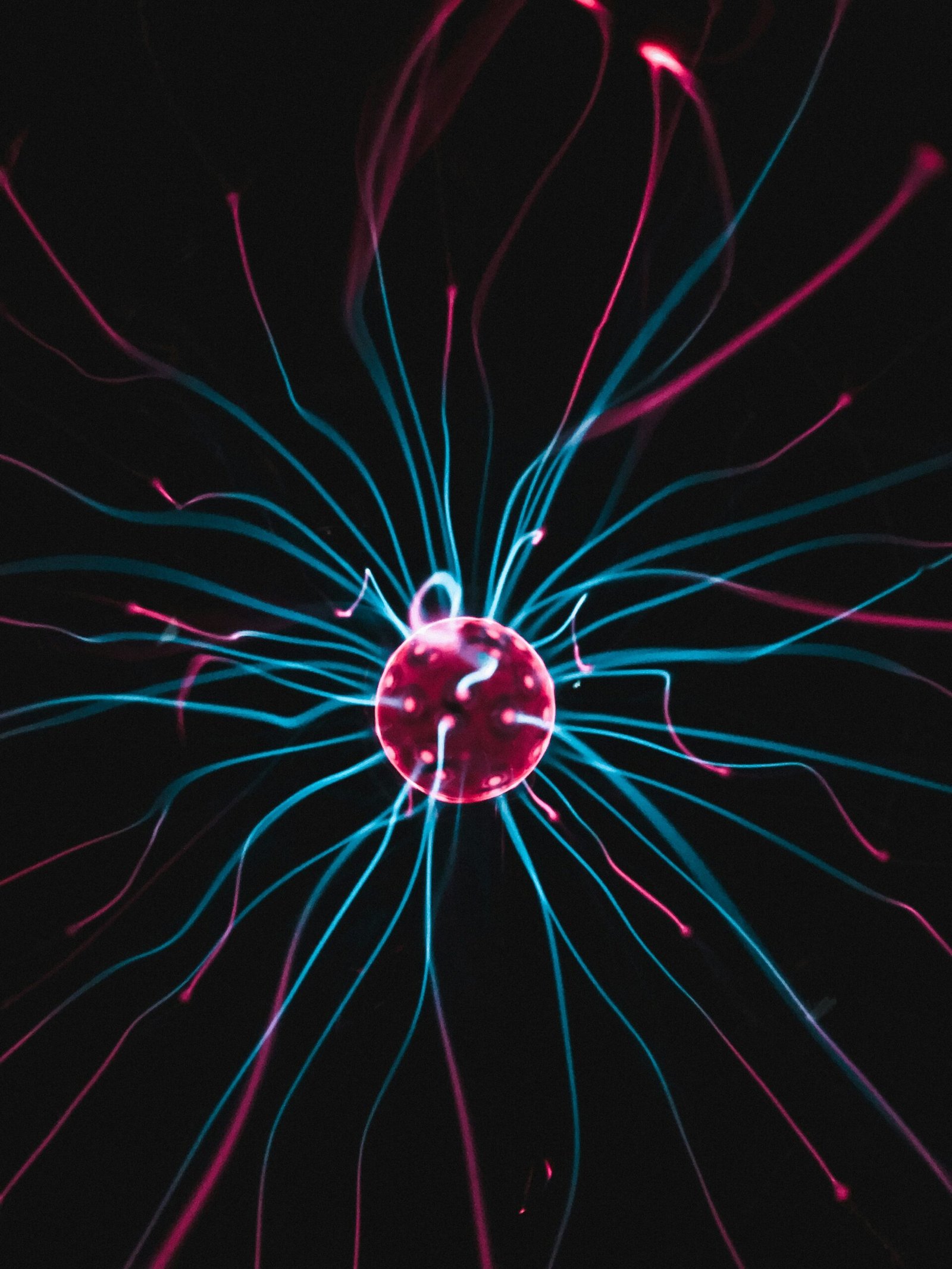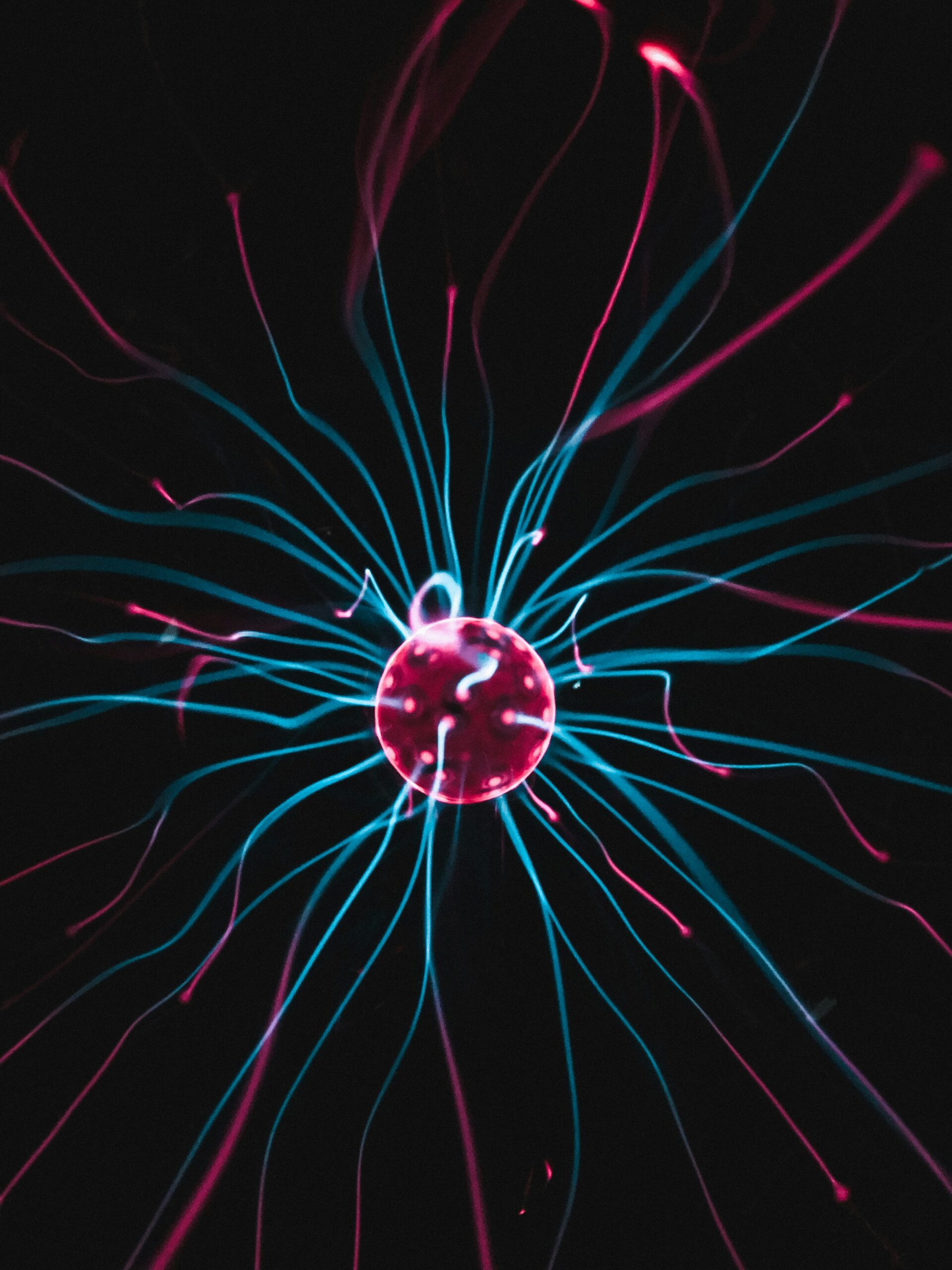Introduction to Physics Experiments
Physics, as a branch of science, fundamentally relies on experimentation to validate theories and concepts. In the context of Class 12 education, the importance of conducting experiments cannot be overstated. These practical sessions complement theoretical knowledge, enabling students to visualize and comprehend otherwise abstract principles. The hands-on experience gained through these experiments effectively enhances a student’s understanding of physics, making complex topics more accessible.
At the Class 12 level, students encounter a range of sophisticated concepts, from mechanics to thermodynamics, each of which can be better understood through practical demonstrations. For instance, experiments related to electricity and magnetism not only illustrate the fundamental laws but also foster critical thinking and problem-solving skills. Through the process of observation and motion, students learn to formulate hypotheses, conduct tests, and analyze data, thereby solidifying their grasp of essential physical laws.
The main objectives of the experiments outlined in this blog post are multifaceted. Firstly, they aim to reinforce classroom learning by allowing students to apply theoretical knowledge to real-life scenarios. This application not only sharpens conceptual clarity, but also cultivates an investigative spirit. Secondly, the experiments are designed to align with the curriculum, ensuring that students are well-prepared for assessments and examinations. Lastly, engaging in physics experiments fosters collaboration and communication, as students often work in groups, sharing ideas and refining their understanding together.
In the upcoming sections, we will discuss ten critical experiments that encapsulate the essence of Class 12 physics. Each experiment will be presented with its purpose, setup, and expected outcomes. By successfully executing these experiments, students will not only enhance their knowledge but also appreciate the remarkable world of physics that surrounds them.
Experiment 1: Young’s Double Slit Experiment
Young’s Double Slit Experiment, conducted by Thomas Young in the early 19th century, stands as a pivotal demonstration of light’s wave-particle duality. The primary purpose of this experiment was to illustrate the wave nature of light through interference patterns generated by coherent light sources. It involves the utilization of two closely spaced slits, commonly made in a thin opaque barrier, which allow light to pass through and produce an observable pattern on a screen placed behind the barrier.
The setup comprises a coherent light source, such as a laser, illuminating the double slits. As light travels through these slits, it spreads out and overlaps, resulting in the formation of an interference pattern characterized by alternating bright and dark fringes. The bright fringes occur where the light waves from both slits meet in phase, while dark fringes emerge at points where the waves are out of phase, leading to destructive interference. This setup not only demonstrates the behavior of light as a wave but also reveals the underlying principles governing wave behavior in physics.
The significance of Young’s Double Slit Experiment extends beyond mere observation; it lays the groundwork for modern quantum mechanics. The emergence of interference patterns indicates that light behaves as a wave, yet the particle-like attributes are observable when the experiment is altered, such as by measuring which slit the light passes through. This duality is core to our understanding of physical phenomena, bridging concepts of light and sound within the framework of physics. Overall, the experiment is a cornerstone in the study of optics, reinforcing essential principles that continue to influence scientific thought today.

Experiment 2: Simple Pendulum
The Simple Pendulum experiment is an integral part of Class 12 Physics, offering students a practical exploration of harmonic motion and gravitational effects. To set up the experiment, a pendulum is constructed using a small mass, or bob, attached to a string of a fixed length. The pendulum needs to be suspended from a rigid support to ensure that it oscillates freely. A protractor or a ruler may be used to measure the initial release angle, although small angles (less than 15 degrees) are recommended for accurate results, as they allow the motion to closely approximate simple harmonic motion.
Once the pendulum is set up, the time period of oscillation can be measured. This is typically done using a stopwatch to time a series of oscillations; the total time for a predefined number of swings is recorded and averaged to determine the time period. The formula for the time period (T) of a simple pendulum is given by T = 2π√(L/g), where L is the length of the pendulum and g is the acceleration due to gravity, approximately 9.81 m/s² on the surface of the Earth. This relationship indicates that the period is independent of the mass of the bob and only depends on the length of the pendulum and gravitational acceleration.
Several factors can affect the oscillation of the pendulum. Beyond the length of the string, air resistance and the amplitude of the swing can also play crucial roles in the accuracy of the period measurements. Higher amplitudes may lead to inaccuracies in the harmonic motion approximation. Understanding these variations provides students with insights into real-world applications of pendulums, including their significance in clocks, swings, and various instruments. This experiment not only reinforces theoretical concepts of oscillations and gravity but also enhances practical measurement skills essential for scientific inquiry.
Experiment 3: Ohm’s Law
Ohm’s Law, formulated by Georg Simon Ohm in 1827, establishes a fundamental relationship between voltage, current, and resistance within an electrical circuit. According to this law, the current flowing through a conductor between two points is directly proportional to the voltage across the two points, provided that the temperature remains constant. This principle can be validated through a practical experiment that involves measuring the current and voltage across a resistor.
To verify Ohm’s Law, several components are necessary for the experimental setup, including a resistor, a variable power supply, an ammeter to measure current, and a voltmeter to measure voltage. Initially, the resistor is connected in series with the ammeter and the variable power supply, while the voltmeter is connected in parallel with the resistor. This configuration allows for the simultaneous measurement of current flowing through the resistor and the voltage drop across it.
As the variable power supply is adjusted, different voltage values are applied across the resistor. The corresponding current readings from the ammeter are recorded. By plotting these values on a graph, where the x-axis represents voltage and the y-axis represents current, a straight line should emerge, indicating a linear relationship that is characteristic of Ohm’s Law. The slope of this line can then be interpreted as the resistance of the resistor, calculated using the formula R = V/I, where R is resistance, V is voltage, and I is current.
Conclusion
This straightforward experiment not only reinforces the understanding of basic electrical principles but also serves as a pivotal learning experience for students aiming to explore the complexity of electrical circuits in more depth. Verifying Ohm’s Law offers foundational knowledge that is critical as they progress in their studies of physics and engineering.
Read Our Latest Blog
Top 10 Most Important Reactions in Class 12 Chemistry
Phone Number: +91-7488456170
Email ID: abhishek@eepl.me
Our Platforms:
Digilearn Cloud
EEPL Test
Live Emancipation
Follow Us on Social Media:
Instagram – EEPL Classroom
Facebook – EEPL Classroom
Stay connected and keep learning with EEPL Classroom !









